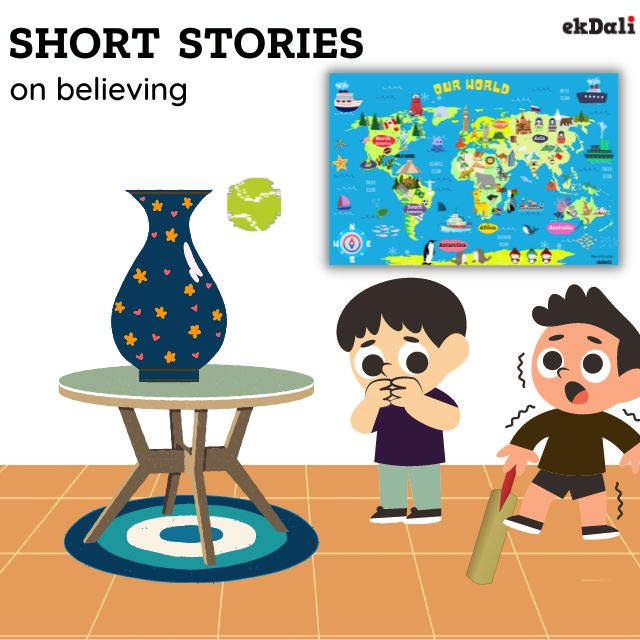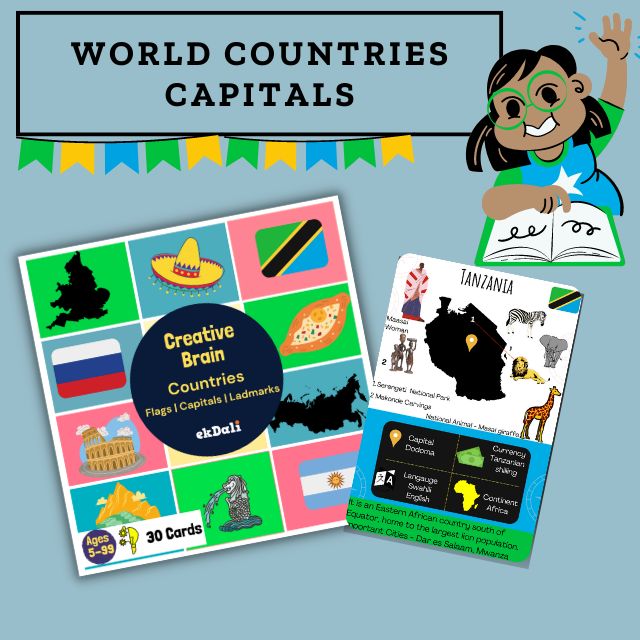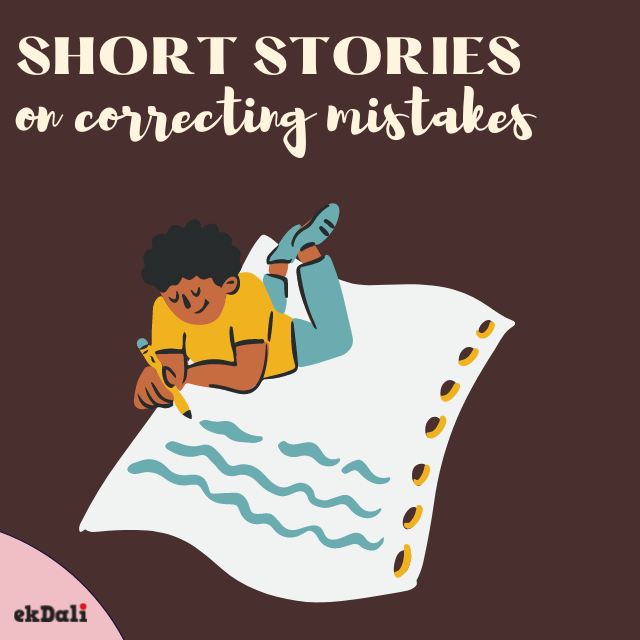Don't undervalue the value of imaginative play! It's a significant developmental milestone when your child takes a picture or answers a fake phone that's actually a wooden block. Children with a healthy imagination frequently see their surroundings with a vivid and fascinating curiosity, and they grow up to be creative problem solvers who achieve success in their lives. Here are six simple strategies to help your child's imagination every day:
You Should Read to Your Child
One of the most effective ways to help a child establish a lifelong love of books is to read to him. Picture books are a fantastic place to start for the youngest children. Colorful, engaging, and interactive books may pique children's interest while also gradually helping them build language and vocabulary skills. Get a selection from the library and begin reading to them on a daily basis. The youngsters will undoubtedly let you know which books they prefer: they will repeatedly request to hear them! When a toddler hears a narrative, he conjures up vivid mental images. Reading to a child provides an opportunity for bonding and broadening horizons at a young age.
Scientists have verified that reading to a child for 30 minutes a day, on a consistent basis, aids in the development of creativity and imagination. Researchers have thoroughly mapped the human brain and have identified brain regions for creativity and imagination. New synapses—connections between brain cells—are generated when activity centers in certain parts of the human brain. Repeated use of these synapses strengthens them as the youngster grows and matures. It is also crucial to create strong brain connections at a young age.
Have Fun with Your Child
Creativity and imagination are critical because they lay the groundwork for other abilities that your child will require throughout his life. Playful imagining games provide an opportunity for parent and child bonding while also providing the youngster with a pleasant and instructive exercise. With hectic family schedules, it may seem difficult to find time to sit and play; here is where your own ingenuity and imagination can come in handy!
In the car, a long line, or stopped in traffic, a game with your child is ideal, and the activity will keep him happy and amused during long delays. Take imaginary creatures from your pockets for your children to feed, give them names and characteristics, and put them to bed. Which animal is his favorite? Knowing it allows you to determine whether you have a pocket full of monkeys or a pocket full of bears!
What kind of animal am I? by making sounds that your youngster can identify, or by expanding the game to What bird am I? Kids will enjoy fooling you with their impersonations, such as cooing like a dove, cawing like a crow, or trilling like a robin. They will also like gobbling like a turkey or squawking like a parrot.
Play observational games like I Spy and have a contest to see who can spot the most items of a given color, or make up goofy tunes using the names of family members, friends, or pets. To get into the spirit of wild rhymes, channel your inner Dr. Seuss! The most crucial aspect of any game is to engage the child and get him to think creatively while having a good time.
Make artwork
You don't need sophisticated equipment; simply handing your child a box of colors and paper can create magic
A new parent is frequently astonished to discover their child ignore a costly gift in favor of playing with the box it came in. Curiosity and creativity transform ordinary objects into remarkable objects for children. Keep this in mind as you gather daily materials for creative art projects for your children. Save the cardboard rolls from paper towels and toilet tissue, as well as a box of old buttons (not for young children, as they may be swallowed or stuck in small ears and noses), crayons, paper, and even natural materials such as intriguing leaves and twigs. Scraps of fabric, lengths of bright yarn, paper doilies, and glitter sprinkles all appeal to the little artist. Allow your youngster to be creative using a glue stick, colored construction paper, and even some sparkly bits of tinfoil. Buy or prepare play dough for your child to sculpt with.
Supervise from a distance to ensure that children are crafting safely, but allow their imaginations to direct them in what they produce. Allowing your child to direct his project allows him to demonstrate initiative and exercise freedom of choice, both of which foster creativity. Coloring and painting, sculpting and building are all enjoyable and tactile activities that encourage a child's imagination and may even aid in the development of artistic talents. Sure, your advise and contribution may help some of their endeavors ("Do you really think that horse should be pink?"), but don't meddle or squash your child's vision. Allow him to make his own amazing things in his own distinct style.
Choose Your Toys and Games Wisely
We are increasingly becoming a "plugged in" society, with television serving as an electronic babysitter and a plethora of similar options for keeping children entertained, such as laptops, video games, iPods, and Wiis. Too much screen time teaches children to be passive and can be harmful to both the intellect and the body. Limiting these types of activities in favor of more creative endeavors can help to stimulate young minds. Toys and activities that provide youngsters with a variety of play alternatives are better for development.
Choose toys that encourage creativity and creation, as well as open-ended toys that allow the child to pick how to utilize them. Toys such as building blocks, puppets, animal figures and dolls, LEGOs, and similar objects provide hours of entertainment as well as numerous chances for children to develop their imaginations. Role-play toys are also excellent choices because they encourage children to act out their fantasies, such as cooking dinner in a kid-sized kitchen, building a house with a child-size tool set, camping out in a tent made from a sheet strategically draped over a table, or building a cabin out of an over-sized cardboard carton.
We have designed some conversation flashcards for kids . You can give those a try as well. These flashcards are designed by educators with inputs from our founders who are an IIM Alumni
Toys that just need youngsters to push a button or view a video should be avoided. Instead, go to a thrift store and stock up on dress-up clothes and accessories. Children will enjoy dressing up as pirates, cops, nurses, and princesses. A few well selected pieces and props will keep kids occupied for hours of imaginative play.
Go outsode
Exercise is beneficial to both you and your children, and it provides another opportunity to spend time together while assisting your child in making discoveries that will increase her creativity. Together walks and treks showcase the joys of nature, with many astonishing views that are new and exciting to children.
Bring a picnic and extra bread for the birds! Bring binoculars so youngsters can examine the surroundings in a whole new way, and then relax and enjoy the day. You don't always need to plan ahead because questions and curiosity will arise as you walk. Look for piles of leaves to photograph, count the number of bird species you can find, wonder at the different types of flowers in the park. Show your child tiny seeds that will grow into towering trees by the time he or she is an adult. Discuss how the mountains and hills evolved, as well as where the river empties. Engage in dialogues that will pique the child's interest and creativity.
























